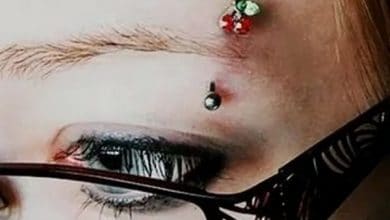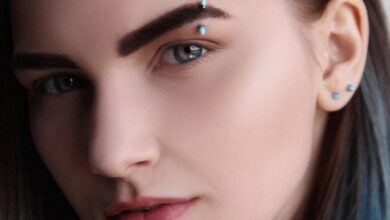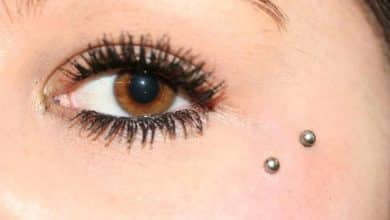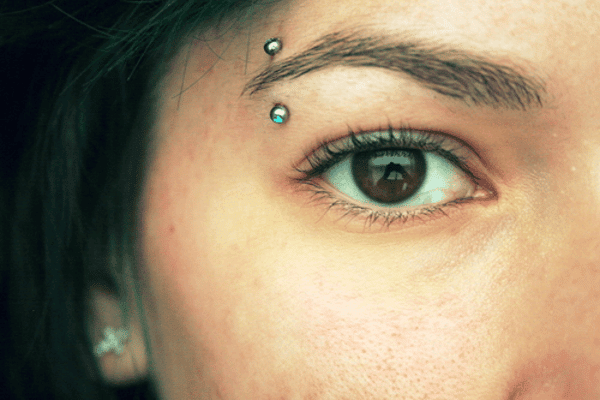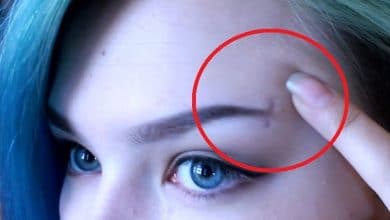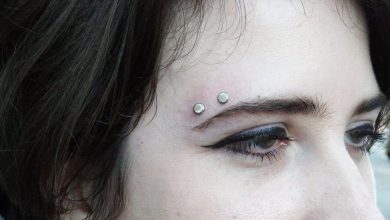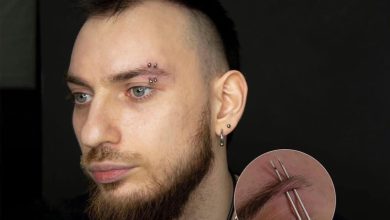How is the anti eyebrow piercing done?
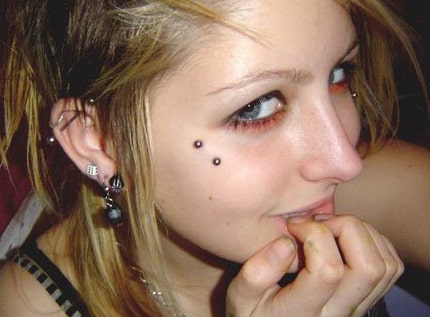
Anti-brow piercings are face piercings that are placed above the cheek bone or below the eyebrows . It is usually done with a small bar or sometimes a curved barbell. This piercing can be vertical or horizontal, depending on the person’s preference.
Although it is a superficial piercing , with proper care, placement and embellishment it can be viable in the long term. Long-term viability is best achieved with proper bars and is greatly reduced with bars or bent bars. Often respected piercing masters refuse to do surface piercings, opting instead for subcutaneous implants.
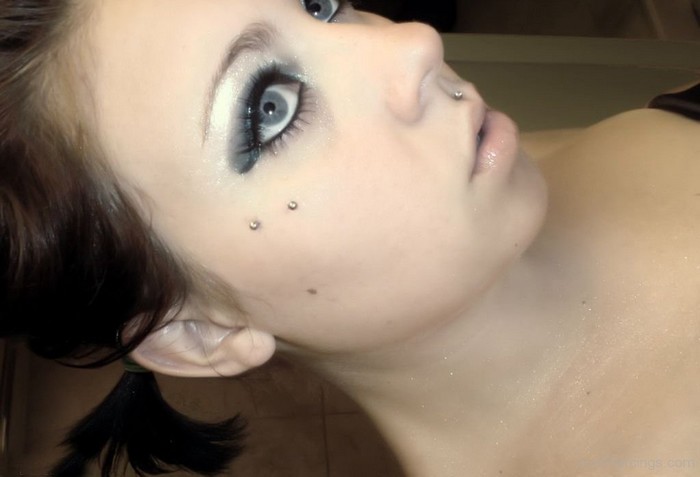
How do you pierce an anti-eyebrow?
This option is also referred to eyebrow piercing, although it is difficult to say why it is considered so. The fact is that the piercing is carried out in the cheekbone area under the eyes.
The unusualness of this decoration creates certain difficulties at the time of its implementation, so it is not carried out on its own. This type of piercing is put only in the conditions of a cosmetic salon.
The piercing of the anti eyebrow type is created on both sides of the face, and the holes must be strictly symmetrical.
How painful is an anti-eyebrow piercing?
Piercings are a way to enhance one’s image, but many people are hesitant to do them for fear of pain, and others wonder, “Which piercing is the most painful?” Yet there are so many different types of piercings, but some of them are the most painful.
Unlike traditional piercings, the anti-brow is not made on a piece of cartilage or other easily accessible area. Despite this, they don’t tend to cause as much pain as other piercings. If you’ve had your eyebrows waxed before, the pain will be similar.
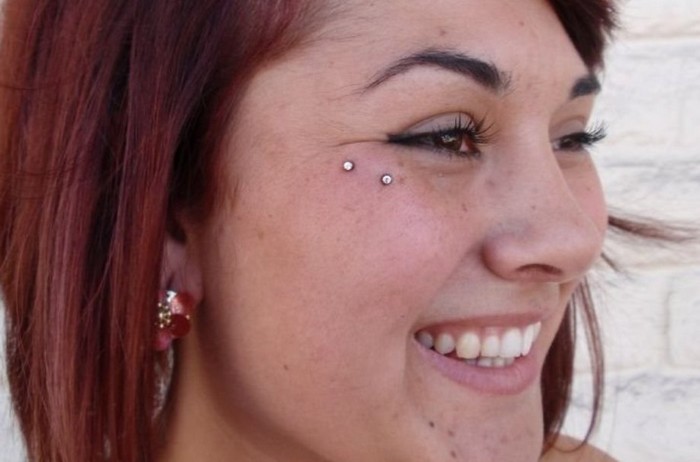
Do anti-eyebrow piercings always reject?
This is the same process by which any piercing is rejected. Rejection is possible with all piercings, but superficial piercings (e.g., eyebrow, underbrow, most of the navel, bridge, etc.) have a much, much higher risk of rejection. True” piercings – earlobe, ear cartilage, nostril, septum, lip, tongue, etc. etc. – have an extremely low rejection rate when used in conjunction with other surgical procedures. – have an extremely low rejection rate when properly maintained.
What is the difference? A superficial piercing (which is an anti-brow piercing) is the piercing of an area that does not have a clear “front” and “back” surface. Think of an eyebrow: an eyebrow does not have a “front” and “back” surface. In order to pierce this area, the skin is compressed into a lump. “Real” piercings have distinct front and back surfaces, like the earlobe, lip, nostril, etc.
When your body is pierced, your body’s reaction is to heal that area. When the jewelry does not allow it to return to its original state, your body has two “options.” It can either reject the piercing by pushing it through the skin (slowly), or it can form a fistula – a small tube of flesh and scar tissue that holds the piercing in place.
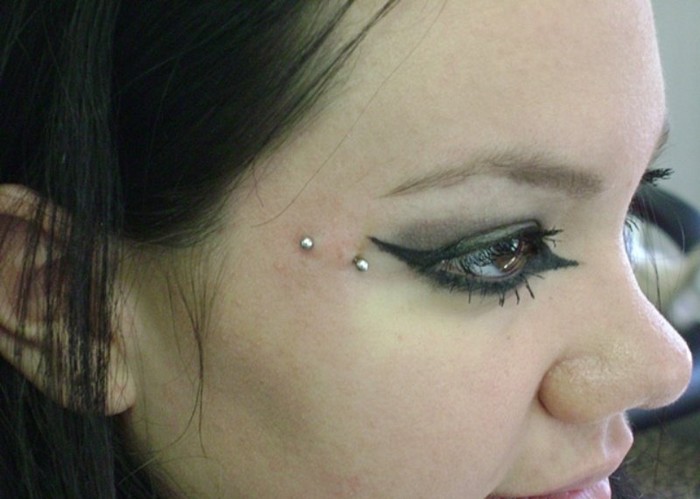
When something like an earlobe is pierced, your body “realizes” that it will take a lot more effort to get the jewelry out, so a fistula forms without much trouble. In contrast, a superficial puncture leaves only a thin layer of skin separating the jewelry from the new wound. The thinner the skin, the easier (and more frequent) it is for your body to decide to abandon the piercing and push it through the top layer. The skin under your eyes is one of the thinnest in the body.
Surface piercings of any kind are very susceptible to rejection. Even if you are one of the lucky few who manage to heal properly around a surface piercing, the danger is still there. Any hard bump or jolt in that area can cause rejection, even if the piercing has been stable for years. Sometimes the body can reject them spontaneously, for no apparent reason. Even those that don’t get rejected (or don’t get rejected immediately) usually migrate a few millimeters before stabilizing; some continue to migrate for months or years before finally reaching the “rejection point.”

